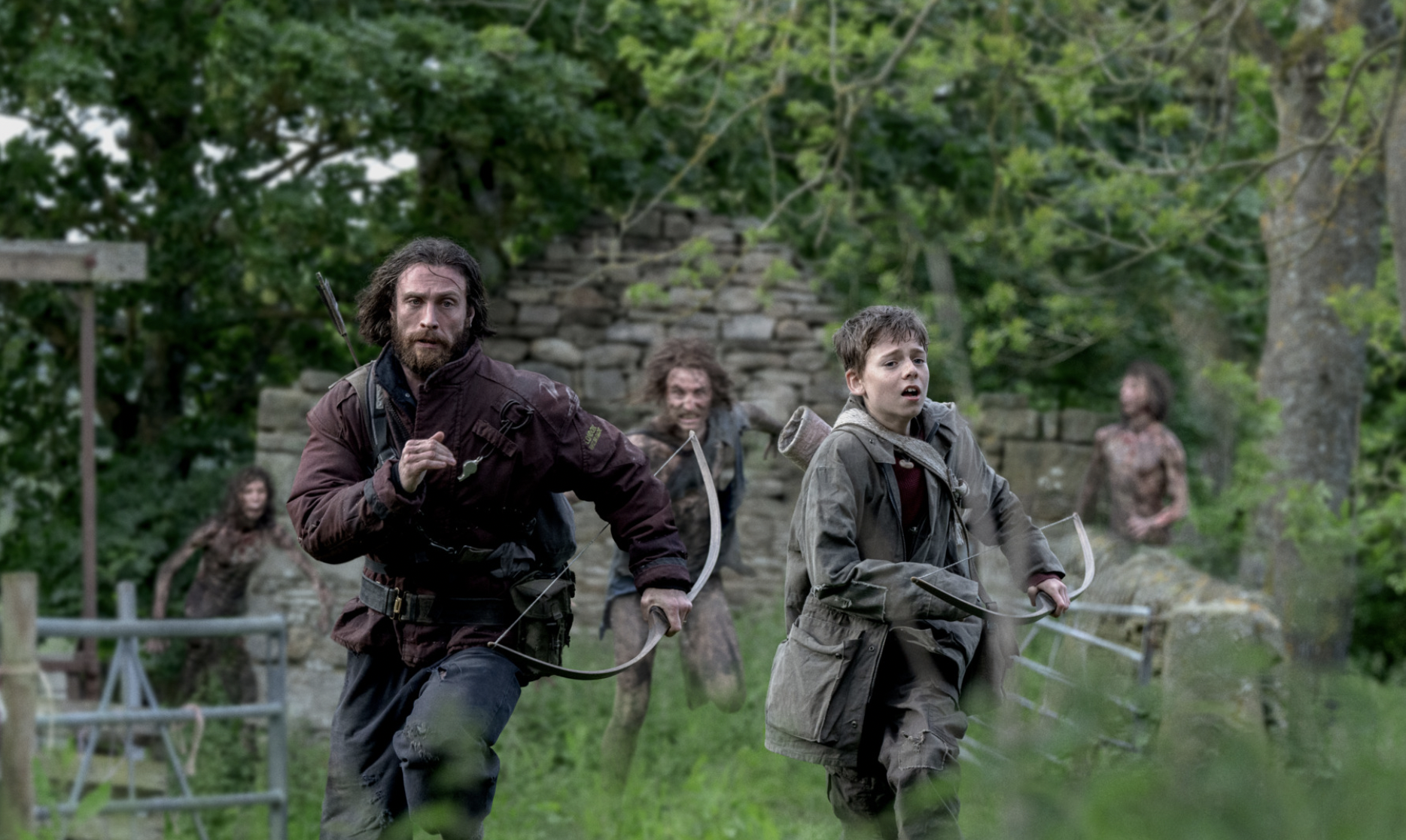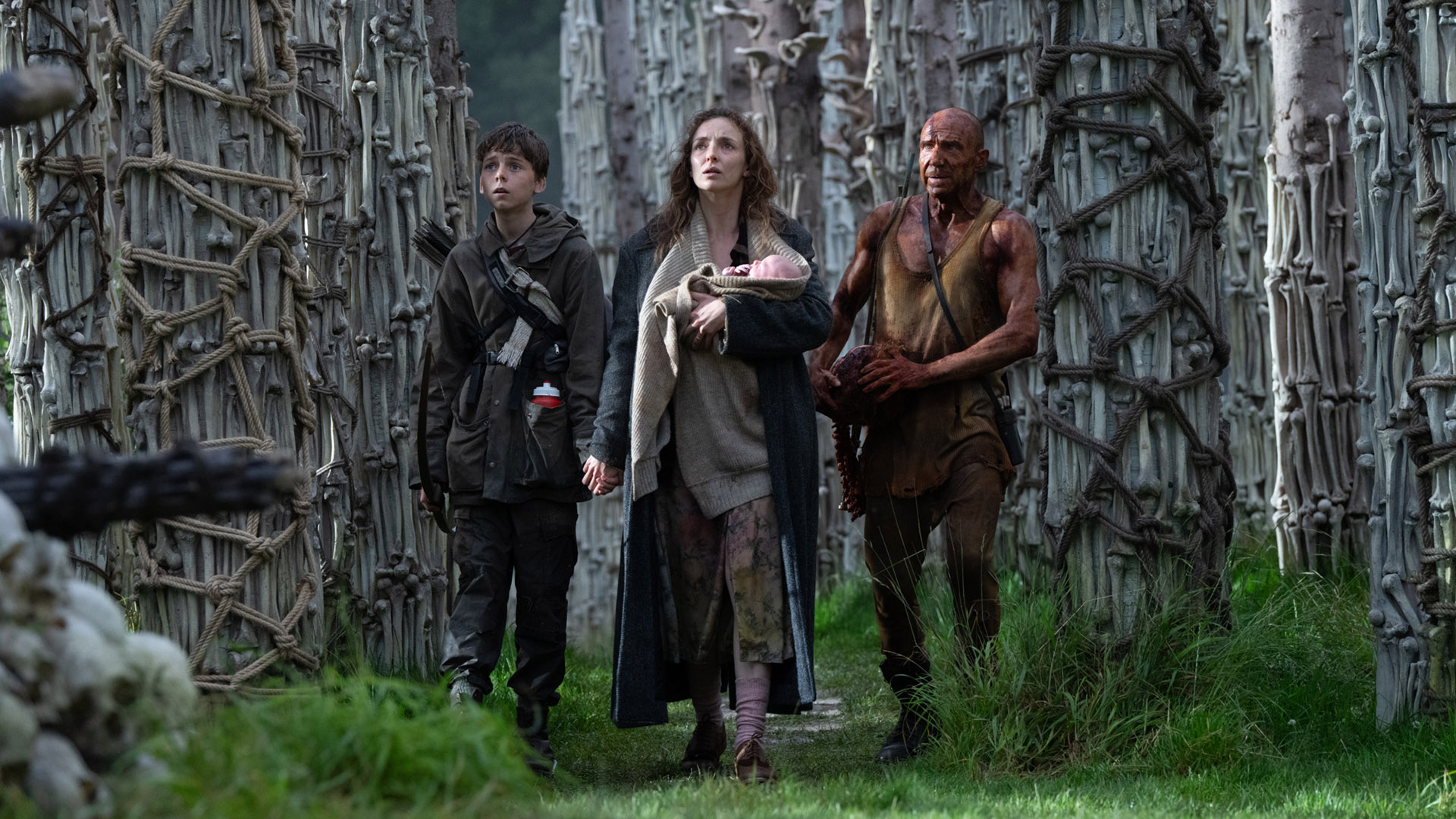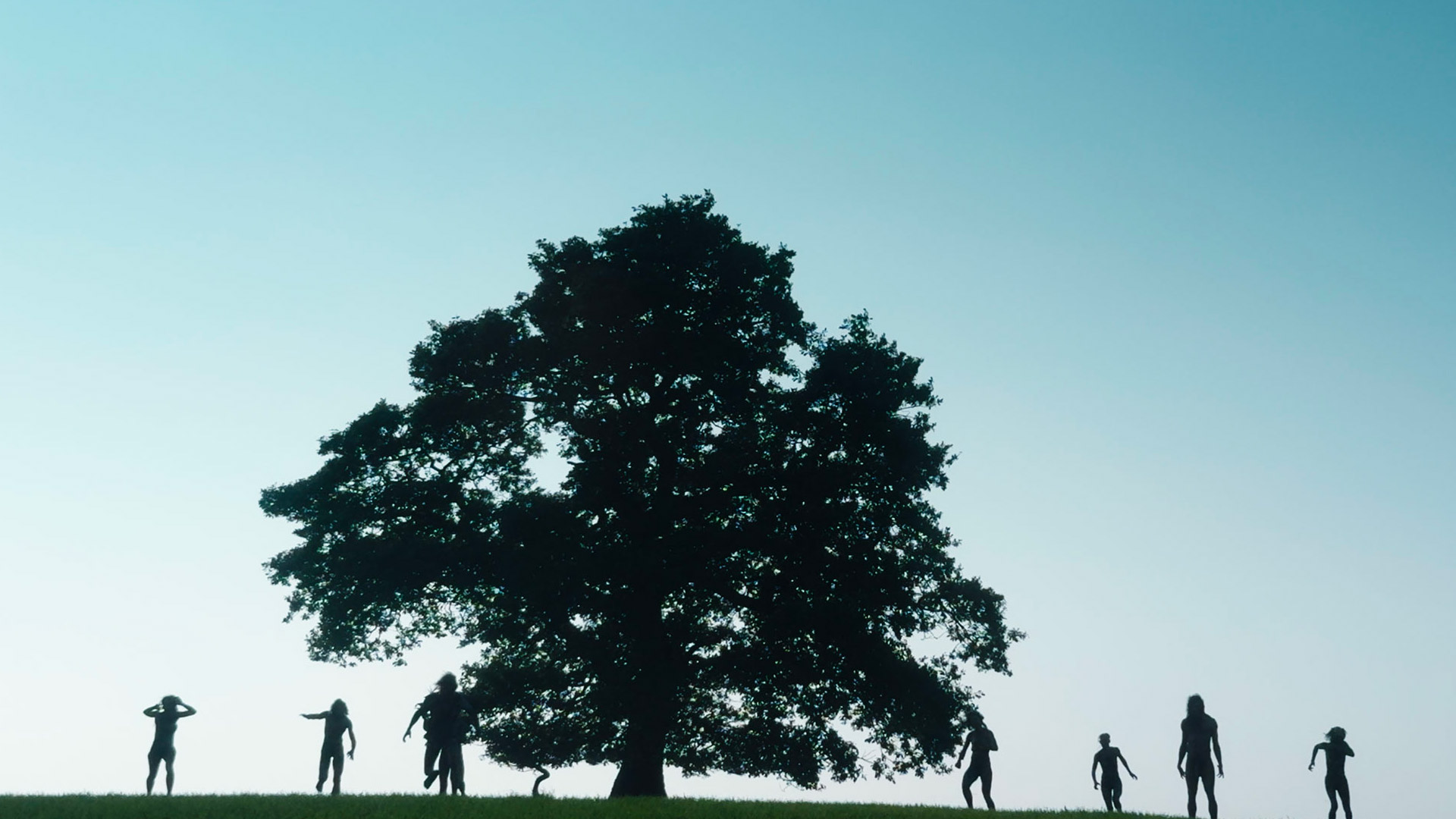TechRadar Verdict
28 Years Later is a heart-pounding horror movie that adds folk-horror motifs to the original film's post-apocalyptic zombie-movie themes, while skillfully setting up future chapters in the series. Highlights include phenomenal performances from Jodie Comer, Ralph Fiennes and Alfie Williams, immersive cinematography, with signature fast-paced action scenes from Danny Boyle, and a thought-provoking script that only Alex Garland could have written.
Pros
- +
Scene-stealing performances from Jodie Comer and Ralph Fiennes
- +
Stunningly crafted cinematography with lingering wide shots
- +
A captivating coming-of-age story that reflects on humanity and isolation
Cons
- -
Ending scene sets up sequel but feels jarring to the sentimental plot
- -
More 'rage' virus action wouldn't go amiss for zombie-flic fans
Why you can trust TechRadar
28 Years Later reunites Alex Garland and Danny Boyle, and it’s everything you could hope for from this genius writing and directing duo.
It’s been more than two decades since we saw Cillian Murphy wandering around an abandoned London in the opening scene of 2002's 28 Days Later, and the impact of that movie on the post-apocalyptic horror genre can still be seen to this day.
At the time, that movie stood out for its pioneering take on the horror staple that is the zombie, imbuing the 'infected' with an especially terrifying trait: they were able to run. Before this, films like Dawn of the Dead had portrayed zombies as slow-moving, imbecilic creatures, which made the idea of sprinting monsters even more petrifying.
The first sequel, 2007's 28 Weeks Later, wasn't made by the original filmmakers and is not now regarded as canonical, so does not factor into the plot of the new movie 28 Years Later. Instead of the infected reaching Europe, as we saw at the end of 28 Weeks Later, in this telling the 'rage' virus, which escaped from an animal testing lab, has been contained by quarantining Britain from the rest of the world.

28 Years Later has a more folk-horror feel compared to the original, centering on a community of survivors who've made a home for themselves on Lindisfarne, an island separated from the coast of northern England, and from the infected, by a gated causeway.
It's here where we meet Alfie Williams' (His Dark Materials) character Spike, a young boy who's about to make what seems to be a rite of passage to manhood by accompanying his father Jamie, played by Aaron Taylor-Jonson (Kick-Ass), to the mainland for his first kill, the quarry being the infected.
Before they leave, the pair are reminded that the rules of their society mean they won't be rescued if they don't return. This adds a foreboding note to their journey, setting us up for our first encounter with the now-evolved infected, which have morphed into new variants that feel inspired by The Last Of Us.
Sign up for breaking news, reviews, opinion, top tech deals, and more.
The new infected include fat, crawling bloaters, pack-like families that can still sprint, and ripped 'alphas' that have evolved to be much smarter and bigger than the rest – and these new leaders aren't as easy to kill, even if Spike, like his father, is already a skilled archer.

The movie soon shifts from a father and son's fight for survival to an equally fraught mission. When Spike sees a opportunity to save his sick mother Isla, who's played by the incredible Jodie Comer (Killing Eve), mother and son set off in search of a reclusive doctor who's rumored to live on the mainland.
Queue perhaps of the best performance of the movie, as we meet Ralph Fiennes' (Schindler's List; The Grand Budapest Hotel) Dr Kelson, surrounded by skulls and bones in one of the most elaborate graveyard shrines I've ever seen. The introduction of Fiennes' multi-layered character marks a turning point for the film, setting up events that will likely play a central role in the next film – 28 Years Later: The Bone Temple – that's set to be released in January 2026.
In a lot of ways 28 Years Later is a coming-of-age story that grapples with themes of loss, grief, and survival, making it a lot different to the societal breakdown that was the focus of 28 Days Later. The themes running through both films, though, are underpinned by Garland's unsparing exploration of what makes us human.

Despite the time between the two films, 28 Years Later pays homage to the original by including the same lingering wide shots, and by featuring the iconic and unsettling track In the House – In a Heartbeat by John Murphy, while also setting the scene for the next chapter.
The opening scene of 28 Years Later, which shows a group of children watching Teletubbies before they have to flee an attack by the infected, may seem disconnected from the rest of the film, but it all makes sense when Spike unknowingly encounters Jack O'Connell's (Eden Lake) character, who wears the same cross we saw one of the children being given, in the closing scene.
This sets up the film series to go forward on a much more larger scale, as it introduces us to different strands of survivors that will no doubt be a big part of the next two movies. As the first of this new trilogy, 28 Years Later is a captivating watch with multi-layered filmmaking, phenomenal performances, and a story that hits closer to home than it might, initially appear.
28 Years Later is available to watch in cinemas around the world from June 19. We don't yet know which of the best streaming services it will be added to, or when.
You might also like

Amelia became the Senior Editor for Home Entertainment at TechRadar in the UK in April 2023. With a background of more than eight years in tech and finance publishing, she's now leading our coverage to bring you a fresh perspective on everything to do with TV and audio. When she's not tinkering with the latest gadgets and gizmos in the ever-evolving world of home entertainment, you’ll find her watching movies, taking pictures and travelling.
You must confirm your public display name before commenting
Please logout and then login again, you will then be prompted to enter your display name.
